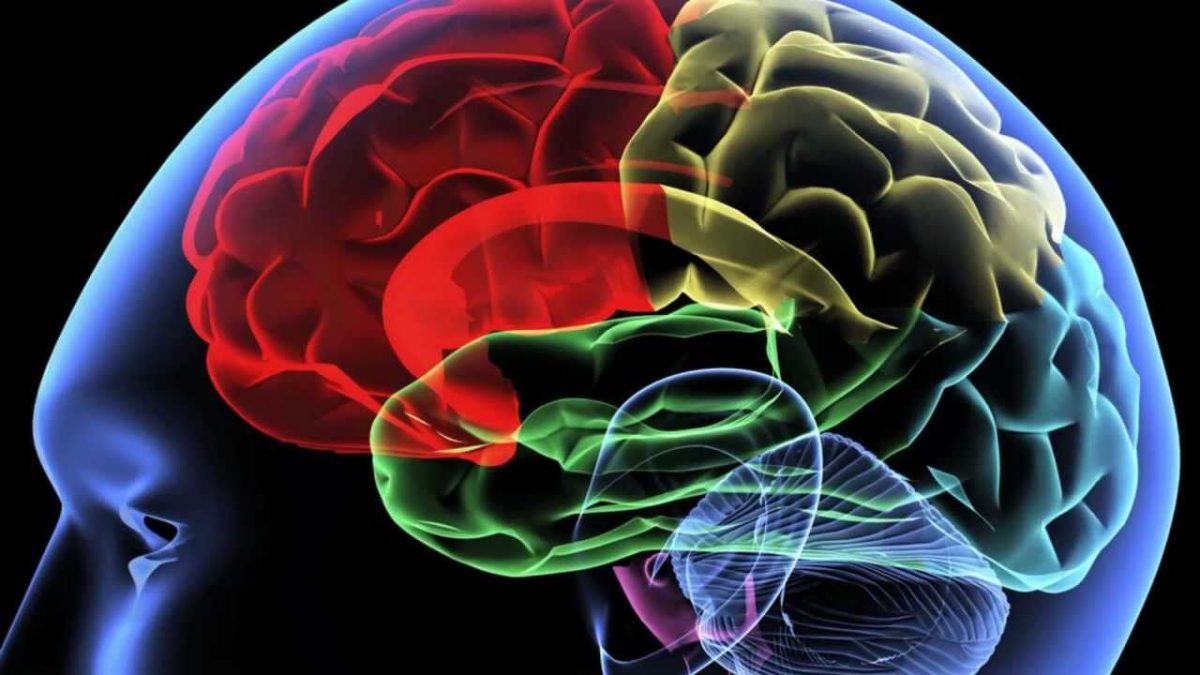Suppose it’s Thursday night and you’re in bed. Your roommate is talking to you about the football team’s chances for the fall, but just when they predict a Tiger playoff berth, you drift off to sleep.
Enzo Tagliazucchi, a physicist at the Institute for Medical Psychology in Kiel, Germany, might explain why you fell asleep during the conversation by suggesting that your neurons are too disconnected.
In the Journal of the Royal Society Interface, Tagliazucchi and colleagues suggest that there is a specific balance between brain signaling pathways that causes consciousness to arise. The finding is based on six years of research on the neuronal pathways of the brain which prompt the sleep state.
Earlier studies recognized the importance of cortical integration, which is the brain’s ability to simultaneously juggle multiple inputs from different senses, on maintaining consciousness. Even though the brain still processes inputs while we sleep, it can’t make sense of reality when we’re unconscious. Cue the foundation of Tagliazucchi and colleagues’ latest study.
While inside a functional magnetic resonance imaging (fMRI) scanner, 12 test subjects were given a dose of the drug Propofol, which is used in surgery to induce unconsciousness. An fMRI scanner measures brain activity by monitoring blood flow with radio wave energy and a magnetic field. When a neuron fires, an fMRI can take an image of the brain’s activated regions.
In Tagliazucchi and colleagues’ study, images were taken of the test subjects in states of consciousness, prolonged sedation, unconsciousness and then recovery back to consciousness. It’s no surprise that the researchers found considerable variation in brain activity between conscious and unconscious states. However, the utilized pathways differed depending on what state the brain was in.
While conscious, the brain seemed to activate a number of neuronal pathways. Once the Propofol took effect, this number was lowered until the brain operated the same pathways repeatedly. The brain also showed diminished connectivity between neurons in the unconscious state.
The results of the study may indicate that consciousness occurs when the brain is able to explore its pathways as methodically as possible, a balance that Tagliazucchi and colleagues call “a critical point.”
Further research by the team aims to understand what causes the brain to transition to and from the critical point (i.e. between states of consciousness and unconsciousness). In doing so, it might one day be possible to wake a coma patient.
For the time being, we can just focus on keeping you awake for your roommate’s next conversation.
Categories:
Tigra scientifica: A pathway to consciousness
Hannah Halusker, Contributor
March 28, 2016
Photo courtesy of Speaker resources/Flickr
” … consciousness is obtained when the brain is able to explore its pathways as methodically as possible.”
0
Donate to The Tiger
Your donation will support the student journalists of Clemson University. Your contribution will allow us to purchase equipment and cover our annual website hosting costs.
More to Discover








